Q&a / Style Edit: Bruno Borie of Château Ducru-Beaucaillou celebrates 20 years of leading the winery, from managing the stately vineyard to discussing sustainable approach to winemaking – interview
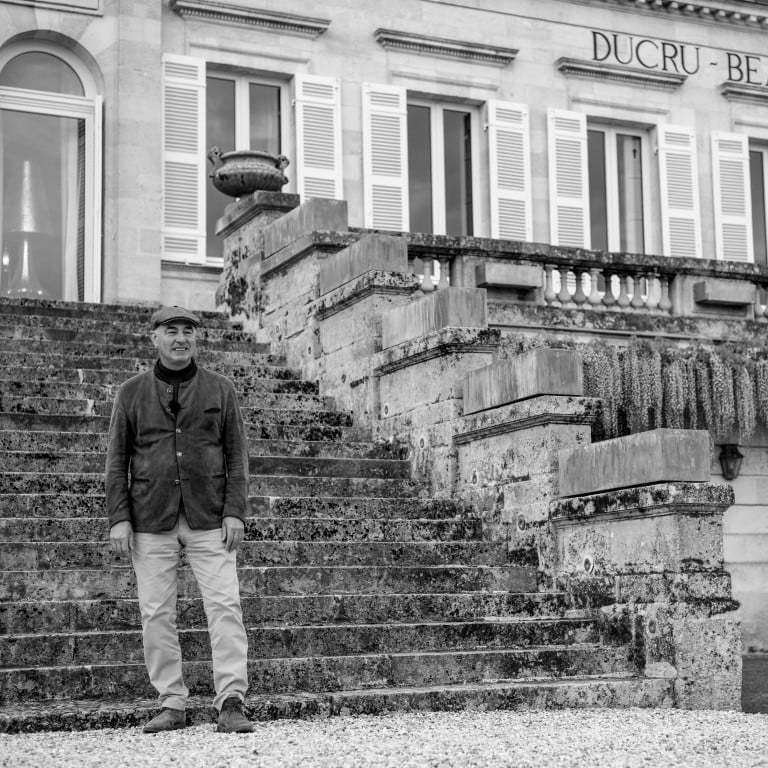
Château Ducru-Beaucaillou in the Medoc region of Bordeaux has a history stretching back three centuries, with current residents, the Borie family, having owned it since 1942.

This year, the third-generation owner and CEO Bruno-Eugène Borie celebrates 20 years at the helm of the stately vineyard. Here, he discusses his sustainable approach to winemaking.
What are the advantages of being a family-owned estate?
It is important to be both a private and a family-owned estate. As a private estate, there is less focus on financial results, and you can prioritise long-term objectives over short-term gains.
With a family-owned estate, you are immersed as a young child and it becomes part of your DNA. Growing up at the estate and playing among the vines has brought me closer to the ecosystem. I know when there is higher mildew pressure, when there is too much sun or too much rain, or when the vines will start budding.
Fine wine collecting 101 – how to rack up a serious collection
What are the most important lessons that have been passed down through the family?
The first lesson is the importance of being open to science and innovation. When my grandfather headed the estate, my father trained with the legendary oenologist Emile Peynaud in the mid-1950s. They implemented many practices, such as early harvesting, fruit selection and temperature control during alcoholic and malolactic fermentation to raise the quality of the wines. These are now standard practices in modern winemaking.
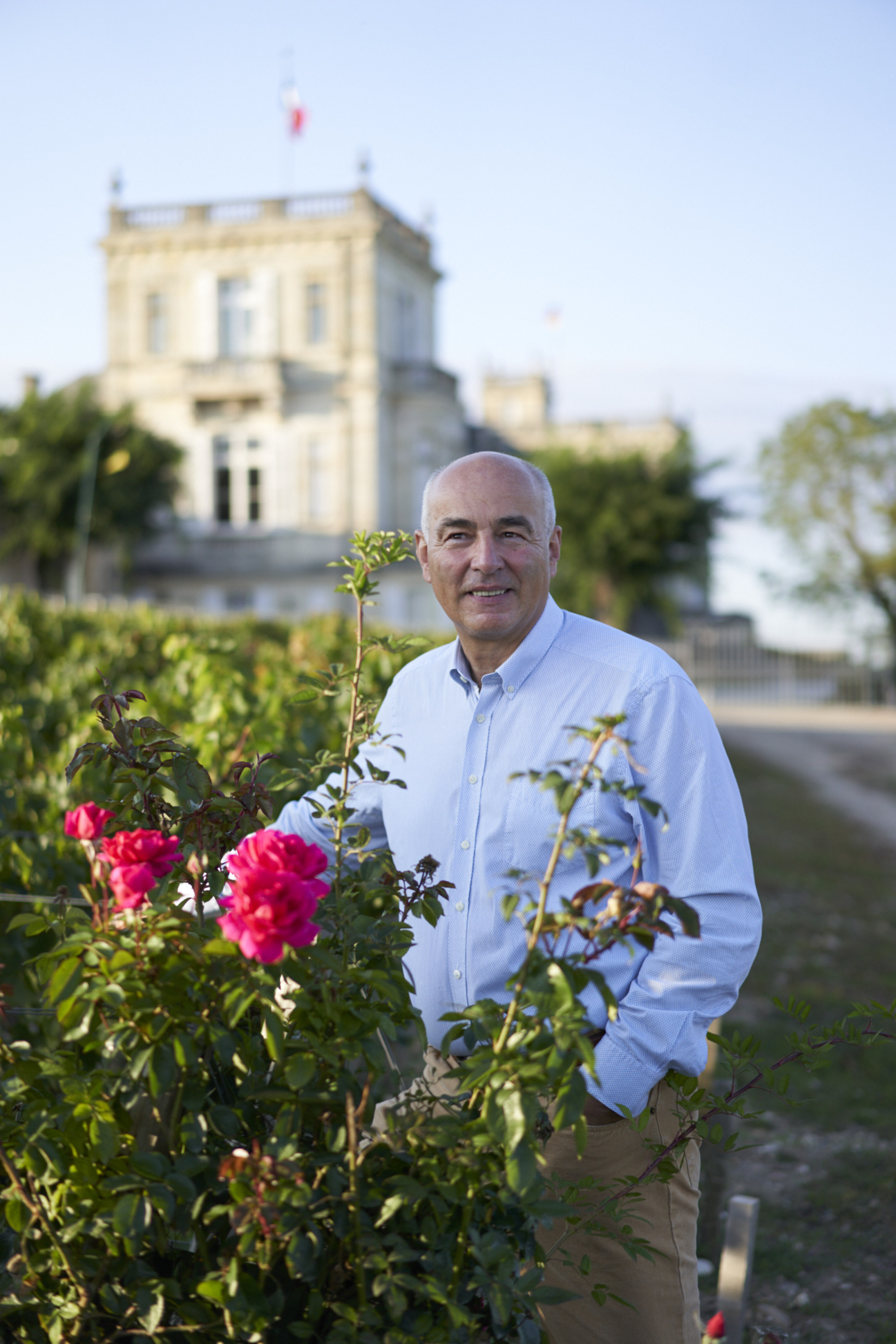
The second is the value of being open to the world. For more than 30 years, we have had clients and consumers across the globe. My father learned to speak fluent English as a teenager, which was uncommon at the time. He was among the first from Bordeaux to promote his wines in England, then the US in the 1960s, and Japan in the 1970s.
What was your vision for the estate when you took over, and how has it turned out?
When I took over in 2003, I had to choose to either pursue the path of quantity that will result in volume and high returns, or sacrifice quantity for quality. I chose the latter with the goal of outperforming our classification, producing less volume at a higher price point and establishing our brand for posterity.
Bernice Liu’s journey from TVB queen to wine maven – exclusive interview
I also looked at everything we were doing and had done to determine which methods should be reintegrated or dropped. In these 20 years, we have narrowed our selection of blends to obtain the purest expression of our terroirs, revised our practices to reach excellence in the vineyards and in the cellars, and invested in sophisticated equipment.
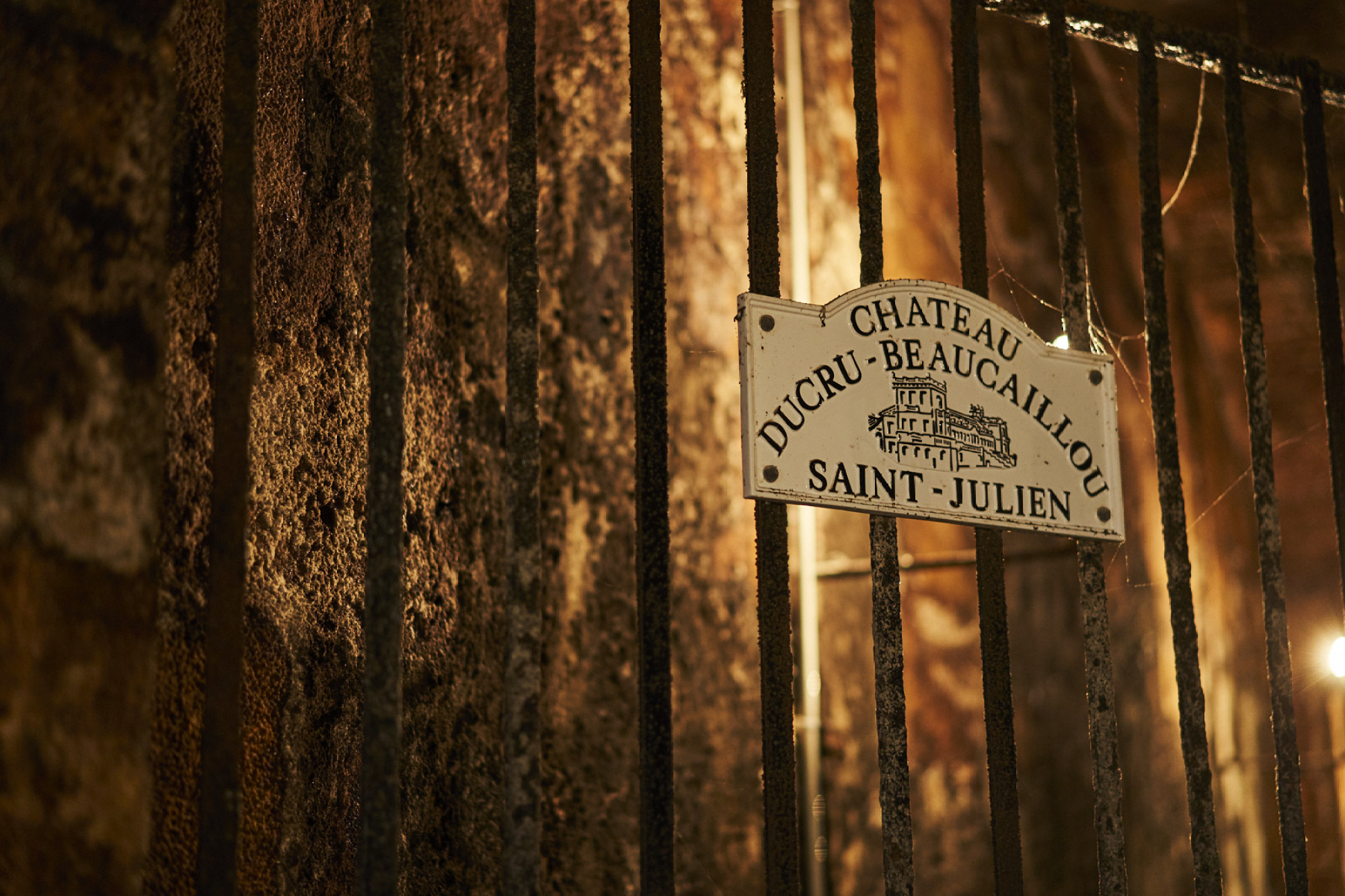
How is your passion for contemporary art and design reflected in Château Ducru-Beaucaillou?
My passion for art and design was first cultivated when I was young, through visits to Le Musée d’Art Contemporain de Bordeaux. Contemporary art has helped me understand my clients and urban culture.

Beyond red wine: everything you need to know about resveratrol in skincare
How do you strike a balance between preserving tradition and embracing modernity?
With the quality/R&D department I created in 2019, we are constantly looking at forgotten practices and new technologies, and using research and trials to determine the best options to meet our objectives, from the quality of our wines, to the health of our ecosystem for future generations.
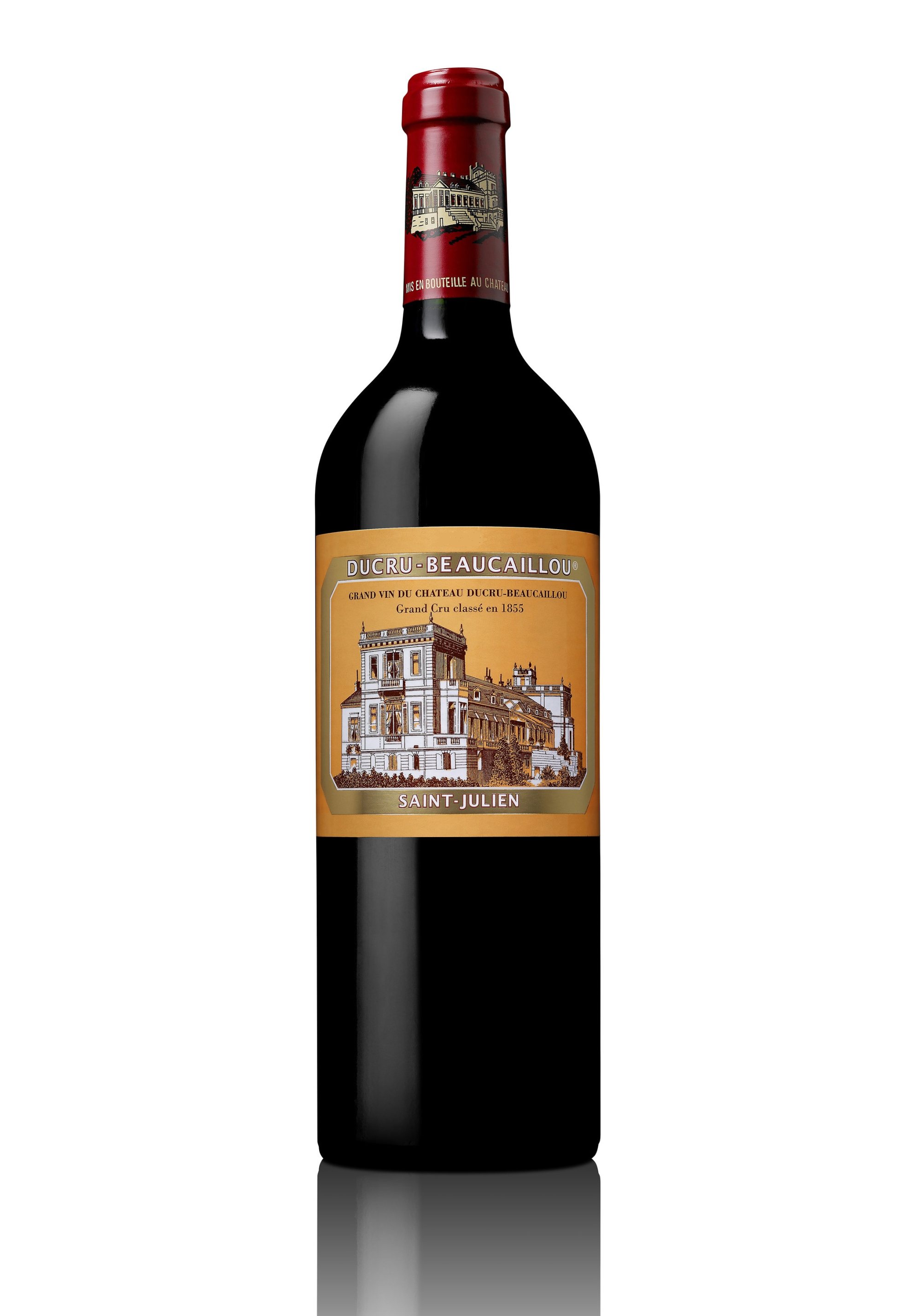
For example, instead of applying agrochemicals, we cultivate and plough various grasses and legumes to help aerate the soil, increase biodiversity and increase the quantity of critical nutrients. When replanting vineyards, we leave our plots fallow for five years, during which time we perform a deep plough to reduce compaction and then cultivate various grasses in rotation to preserve our soil.
I have placed pieces from my collection throughout the chateau and cellars of Ducru-Beaucaillou to provoke, project and inspire
In the winery, we age Ducru for 18 months, which only a few chateaux do. We use new oak as it allows our wines to slowly develop with a gentle, natural micro-oxygenation. For fermentation, we use state-of-the-art wooden Smart Vats. Data on the temperature, density/sugar and oxygen are collected from inside the tank through live updates, allowing us to be reactive and precise in our methods. The tanks also allow us to get the best out of the tannins.
How Israel’s new vineyards are bringing new meaning to ‘Old World wines’
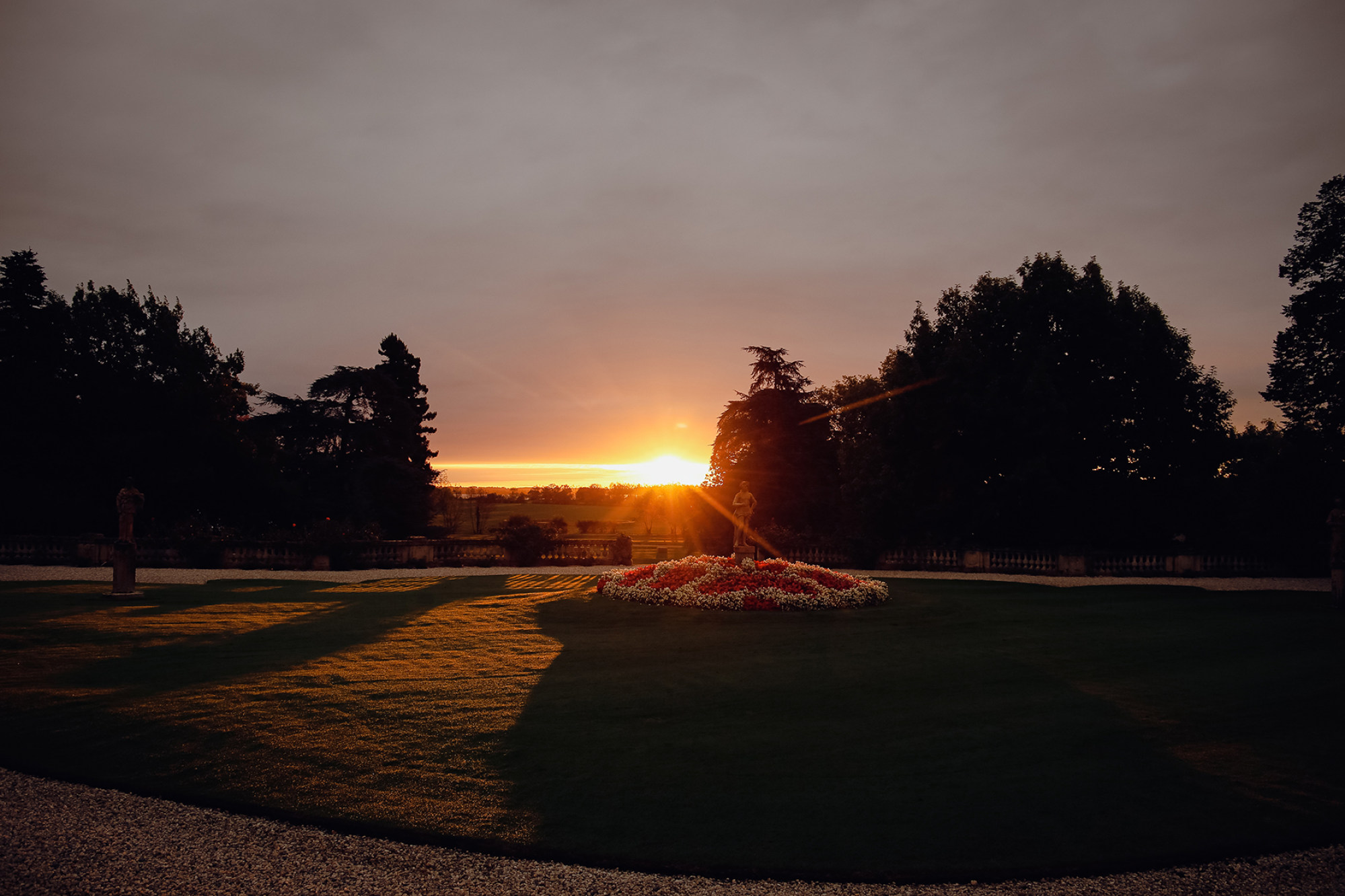
What is your vision for the sustainability of the vineyards and cellars?
Our primary objective is to ensure that every practice is the very best for our soils, vines, wines and our successors: our team is dedicated to this mission. In 2022, we launched an ecosystem management initiative where the company’s carbon footprint and our ecosystem biodiversity were analysed.
Based on the results, we have implemented a range of measures to reduce our CO2 emissions and improve our physical environment.

- Bruno-Eugène Borie celebrates 20 years of leading his family’s winery in Bordeaux, France – and because it’s a family-owned estate, he outlines there is less focus on short-term gains
- Growing up at the estate has helped the forward-looking CEO understand the terroir better and he has worked with artists like Jade Jagger to create unique labels and cases for the bottles